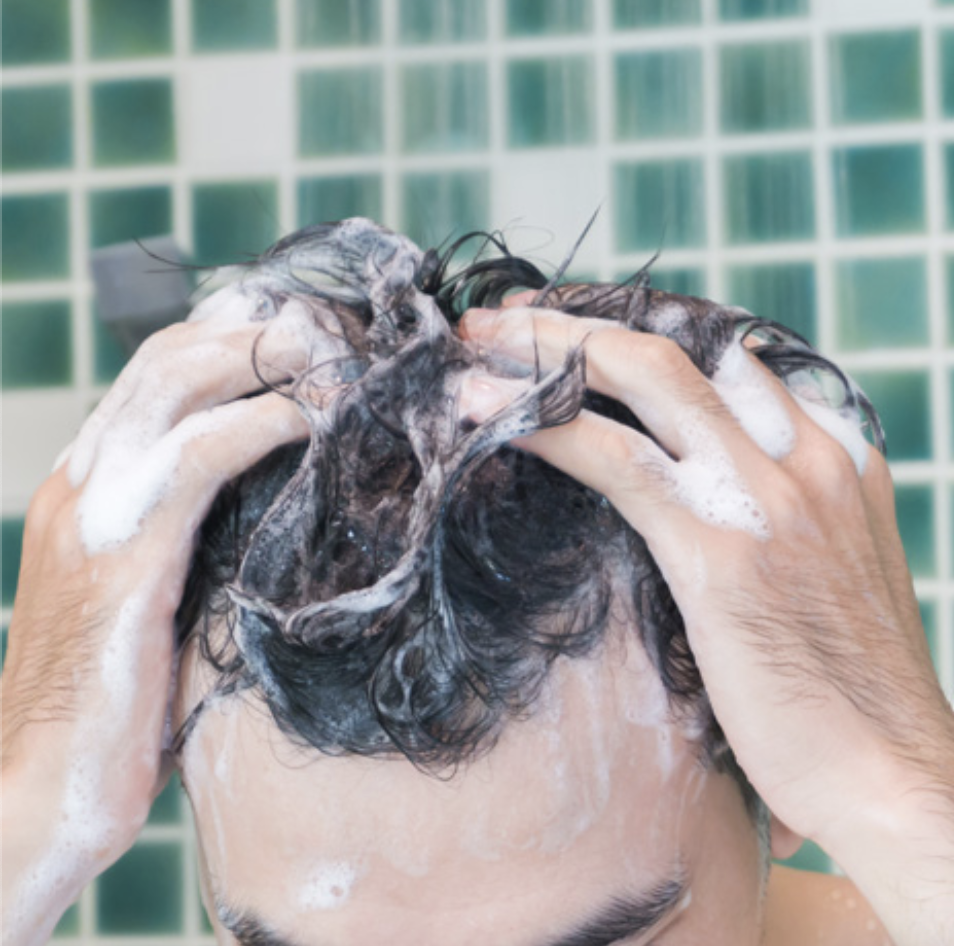Key Points/Overview
MEA is a common ingredient in floor and tile cleaners and laundry detergents to help remove dirt, grease and stains. DEA is an ingredient in engine degreasers and industrial strength detergents. In gas treating processes for refineries and natural gas streams, MEA and DEA help remove contaminants from gasoline. DEA is also used as a chemical intermediate in agrochemicals to make pesticides, where it helps increase a pesticide’s ability to dissolve in water. TEA is used as a surfactant in agrochemicals to help pesticides disperse into crops.
MEA acts as a plasticizing agent, and chemical manufacturing plants may use MEA to remove carbon dioxide from ammonia gas in the production of synthetic ammonia.
The Cosmetic Ingredient Review has found that ethanolamine ingredients are safe as currently used in cosmetics and personal care products. FDA includes TEA, DEA and ethanolamine on its list of allowed indirect food additives.
To protect workers in industrial settings, OSHA has established a permissible exposure limit (PEL) for ethanolamine at 3 ppm in the air and requires employers to control workplace exposure below that PEL.
Uses & Benefits

Personal Care Products
Ethanolamines like MEA work as cleansing agents, or surfactants, in personal care products and cosmetics. In these types of products, ethanolamines help remove dirt and oil on skin by dissolving grease and blending other important ingredients. Because ethanolamines don’t impart a strong odor, they are commonly ingredients in products like hair dye. Ethanolamines like MEA help adjust the pH of a product to keep it from degrading when stored in a container so it will last longer.
DEA and DEA-related ingredients also function as emulsifiers or foaming agents in cosmetics and help adjust a product’s pH level or acidity. One example is cocamide diethanolamine, which is made by reacting coconut oils with DEA to create a cleansing foam in bath products like shampoos and hand soaps.

Cleaning Products
Ethanolamines such as MEA are common ingredients in cleaning products like floor and tile cleaners, as well as laundry detergents. As surfactants in these products, ethanolamines help remove dirt, grease and stains. DEA is a common ingredient in industrial cleaning products, such as engine degreasers and industrial strength detergents, due to its ability to break down oil and grease.

Industrial Applications
Due to its emulsification properties, MEA and DEA also can be used in industrial applications, such as chemical manufacturing and gas treating. In gas treating processes for refineries and natural gas streams, MEA and DEA help remove contaminants from gasoline. As a chemical intermediate, DEA is used in agrochemicals to make pesticides, where it helps increase a pesticide’s ability to dissolve in water. In the production of wax, polish and coating products, DEA works as an emulsifier to help ingredients mix and help keep other materials from corroding.
MEA acts as a plasticizing agent to help make plastic become pliable and soft. Chemical manufacturing plants use MEA to remove carbon dioxide from ammonia gas in the production of synthetic ammonia.
TEA is used as a surfactant in agrochemicals, to help pesticides disperse into crops, which then helps repel insects from the crops. As a petroleum demulsifier, TEA helps separate oil from water and other substances. In cement additives, TEA helps advance setting and/or hardening of cement. It is also a corrosion inhibitor in steel and zinc materials used in building and construction.

Safety Information
The Cosmetic Ingredient Review (CIR), an independent expert scientific panel established by the Personal Care Products Council, has evaluated the safety of ethanolamine used in personal care products and cosmetics. In its review, CIR has found that ethanolamine ingredients are safe as currently used in those products. CIR has also issued separate safety evaluations for TEA, DEA, and MEA, stating that these chemicals are safe in their current uses and concentrations when formulated appropriately.
The U.S. Food and Drug Administration (FDA) also includes TEA, DEA and ethanolamine on its list of allowed indirect food additives. These ingredients may be used in adhesives in contact with food and to assist in the washing or peeling of fruits and vegetables.
To protect workers in industrial settings, the U.S. Department of Labor’s Occupational Safety and Health Administration (OSHA) has established a Permissible Exposure Limit (PEL) for ethanolamine at 3 ppm in the air and requires employers to control workplace exposure below that PEL.


